Advertisement
Artificial intelligence is becoming part of almost everything—how we work, how we shop, how we communicate, and even how decisions are made about us. But as its presence keeps growing, it’s raising some pretty big questions. One of the biggest questions is: Who should be in charge of making sure AI is safe, fair, and doesn’t get out of hand?
AI regulation is not about technical policies or governmental regulations. It's about determining how much power we want to entrust these systems with and who gets to make decisions on that. And let's face it—if we don't start asking those questions now, the answers may well be made for us with little input from us.
There’s a common belief that technology always moves forward, and we'll figure things out as we go. But AI has already shown us that it can move faster than society's ability to catch up. When things go wrong with AI, it's not always easy to trace the problem, and sometimes, the damage is already done before anyone realizes it.
Take facial recognition, for example. There are systems out there that struggle to correctly identify people with darker skin tones. If law enforcement uses those systems and someone is misidentified, the consequences aren’t just technical—they’re personal. And legal. And social.
Another issue? Bias. AI learns from data. But if the data has bias baked into it—and it often does—then the AI just repeats and reinforces those patterns. And since these systems often operate behind the scenes, people might not even realize that bias is affecting the outcome.
AI is also being used in areas like healthcare and finance, where wrong decisions can lead to denied loans or delayed medical treatment. So, the need for regulation isn't a maybe. It's already overdue.
Now comes the harder part. It’s one thing to agree that AI should be regulated. It’s another to agree on who should actually do it.
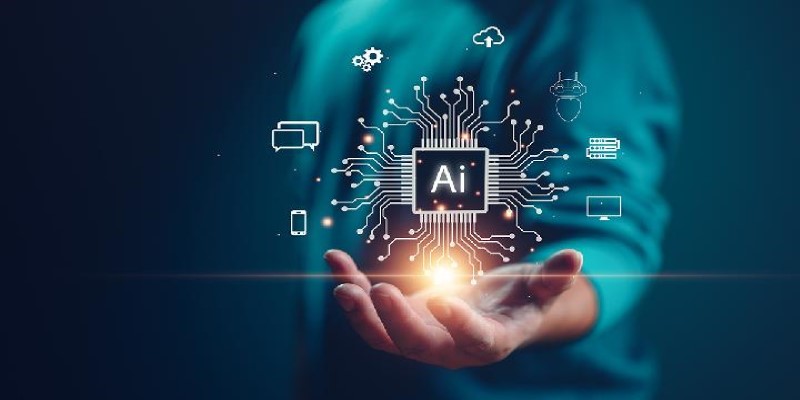
One obvious answer is government. Elected officials are supposed to act in the public's best interest, and laws are how society sets boundaries. Some governments are already moving in that direction. The European Union, for instance, has been pushing forward rules that would classify AI systems by their risk level and set different requirements depending on how the system is used.
But laws can be slow to pass and even slower to update. And some politicians may not fully understand the tech they’re trying to regulate. There’s also the risk that different countries will take totally different approaches, which could make things messy for companies trying to operate globally.
Then there's the tech industry itself. Companies like Google, Microsoft, and OpenAI have published guidelines and set up internal ethics boards. That sounds good on paper, but critics point out the obvious conflict: these companies are also the ones making money from AI. So, even if they mean well, self-regulation might not be enough. It's kind of like letting the players referee their own game.
Some people argue for independent organizations—groups that aren't tied to any one company or government. These could include universities, global coalitions, or non-profits that focus on fairness and human rights. The advantage is that these groups can be more objective. But without the power to actually enforce rules, they might not be able to do much more than make suggestions.
AI doesn't really respect borders. A model trained in one country can be deployed across the world. So it makes sense to think about international cooperation—kind of like how countries work together on climate change or trade. But the challenge here is getting everyone on the same page. Some countries might prioritize privacy. Others might care more about economic growth. And when governments don’t trust each other, cooperation can turn into competition pretty fast.
Regulation doesn't have to mean one big rule that fits every situation. In fact, it probably shouldn't. AI is used in so many ways that a one-size-fits-all approach wouldn't make sense. However, a few principles can help shape how regulation works.
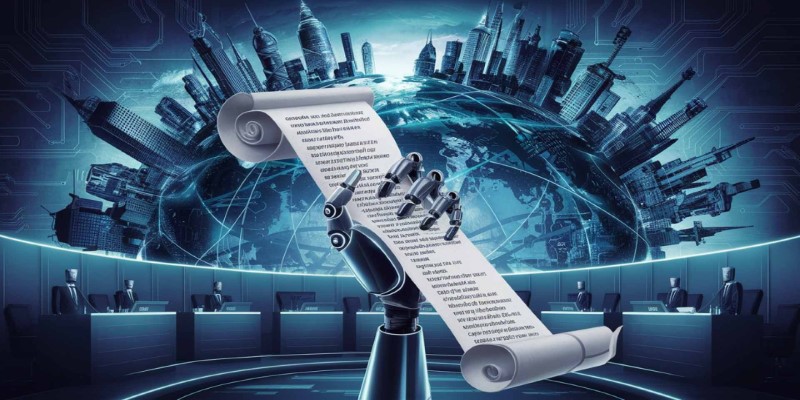
People should know when they're interacting with AI and how decisions are being made. That doesn't mean everyone needs a PhD in machine learning—but there should be a clear explanation of what the system does, how it was trained, and what data it uses.
If something goes wrong, someone needs to be held responsible. It shouldn't be a mystery who made the decision or how it happened. Companies and governments should be able to explain their choices—and fix them if needed.
AI often relies on huge amounts of personal data. There need to be rules about what data can be collected, how it's stored, and how it's used. Otherwise, people end up handing over a lot more information than they realize.
Before an AI system is rolled out, it should be tested for bias if a model shows different results for different groups of people, that needs to be fixed—not ignored.
Some uses of AI may just not be worth the risk. For example, using AI to score people’s behavior or predict future crimes raises serious ethical questions. Good regulation means knowing when to say no.
AI isn’t science fiction anymore. It’s here. And while it has the potential to make life easier and more efficient, it also comes with real risks. Letting it develop without oversight is like building a bridge without checking the weight limits—sooner or later, something gives. Regulation isn’t about fear. It’s about responsibility.
So, who should regulate AI? The honest answer is a mix of all the above. Governments for the legal power, independent bodies for the ethics, and companies for the technical expertise. It’s not a question of picking one—it’s about making sure no one group has the final say.
Advertisement
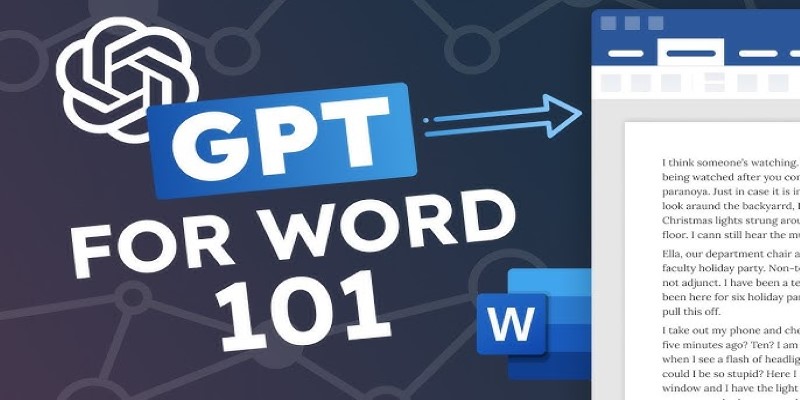
Looking for a quicker way to create documents in Word? Learn how to use ChatGPT to automate your document writing process directly within Microsoft Word

Struggling to keep track of your cooking steps? Discover how Gemini AI acts as your personal kitchen assistant, making cooking easier and more enjoyable in 2025

Need reliable datasets for emotion detection projects? These 8 options cover text, conversation, audio, and visuals to help you train models that actually get human feelings

Ever wonder why your chatbot avoids certain answers? Learn what AI chatbot censorship is, how it shapes responses, and what it means for the way we access information

AWS SageMaker suite revolutionizes data analytics and AI workflows with integrated tools for scalable ML and real-time insights
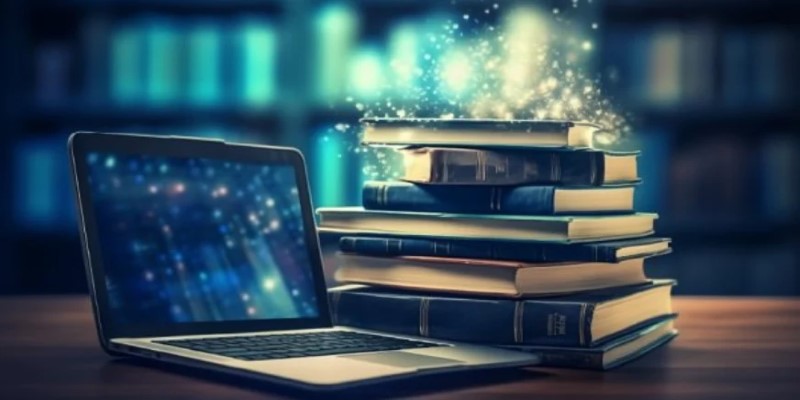
Explore the top 12 free Python eBooks that can help you learn Python programming effectively in 2025. These books cover everything from beginner concepts to advanced techniques

Explore how Natural Language Processing transforms industries by streamlining operations, improving accessibility, and enhancing user experiences.

New to ChatGPT? Learn how to use OpenAI’s AI assistant for writing, organizing, planning, and more—no tech skills needed. Here’s how to start and get better results fast

Spending hours in VS Code? Explore six of the most useful ChatGPT-powered extensions that can help you debug, learn, write cleaner code, and save time—without breaking your flow.

Can smaller AI models really compete with the giants? Discover how Small Language Models deliver speed, privacy, and lower costs—without the usual complexity
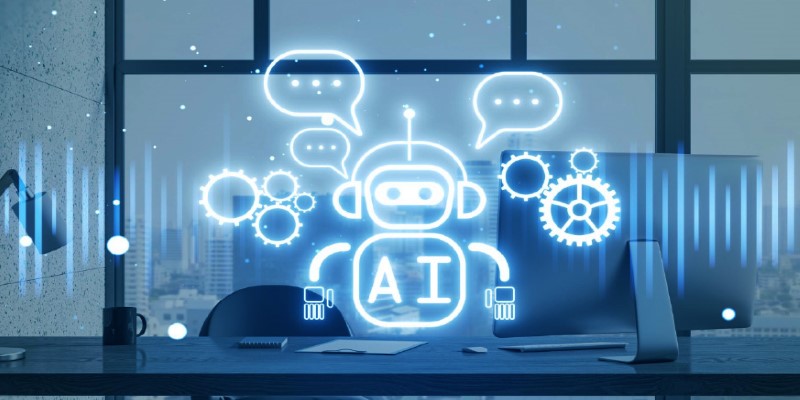
Struggling with code reviews and documentation gaps? Discover how SASVA from Persistent Systems enhances software development workflows, offering AI-powered suggestions
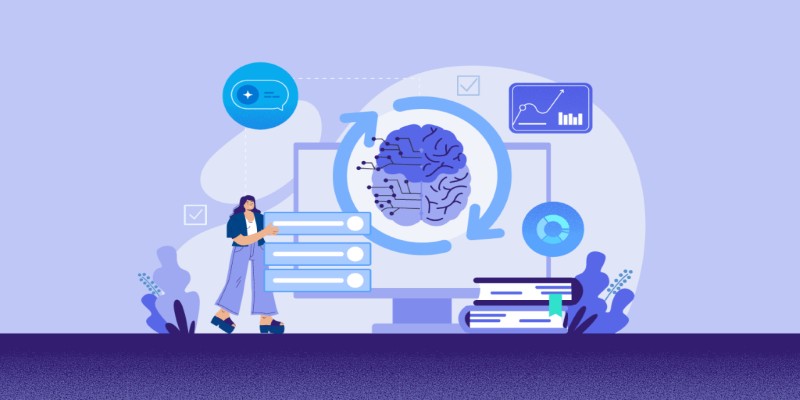
Not sure how Natural Language Processing and Machine Learning differ? Learn what each one does, how they work together, and why it matters when building or using AI tools.